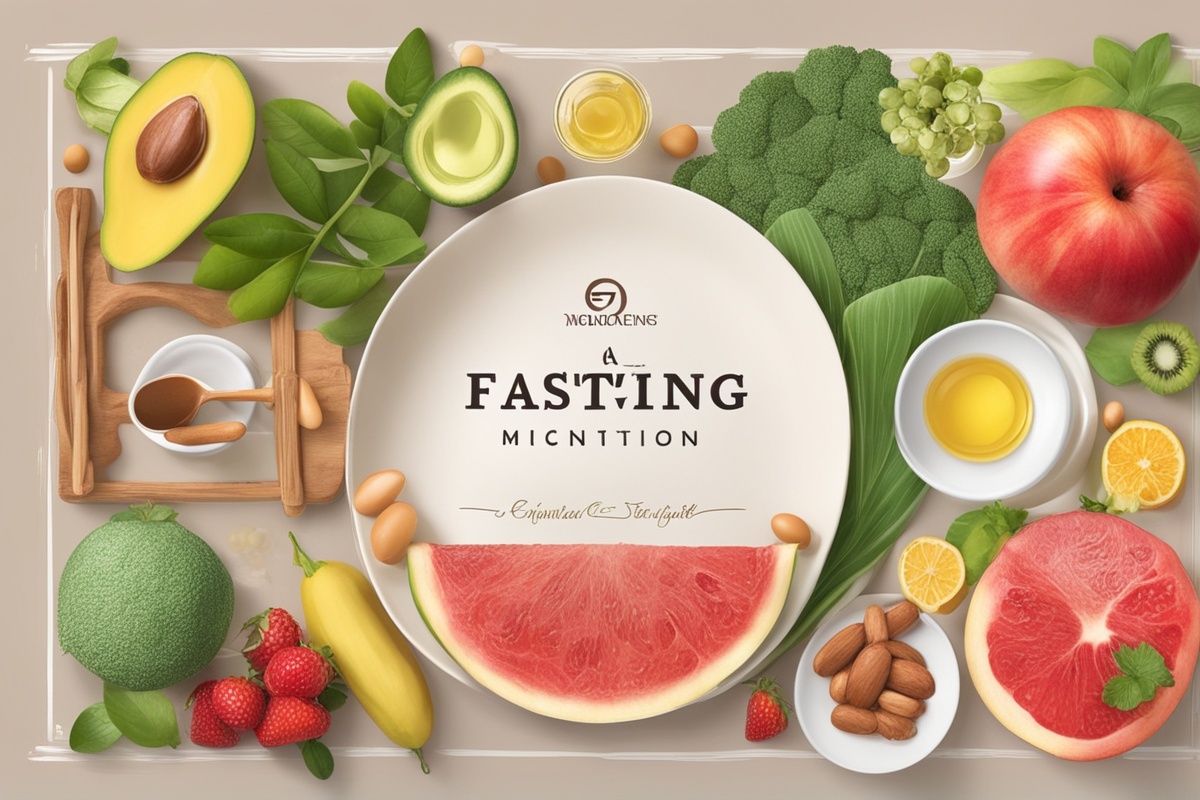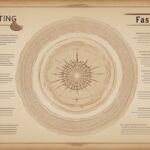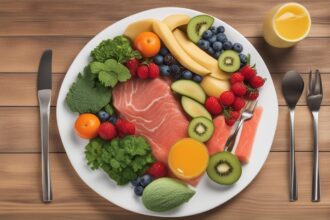Hey there, fasting enthusiasts! If you’re diving into the world of fasting—whether it’s intermittent fasting, extended water fasts, or something in between—you’ve probably wondered how to keep your body fueled with the right nutrients. Fasting can be a powerful tool for health, weight management, and even mental clarity, but it’s not just about skipping meals. Ensuring you’re getting enough micronutrients during and around your fasting windows is crucial for long-term success. In this post, we’re breaking down the relationship between fasting and micronutrients with actionable fasting tips to help you thrive. Let’s explore how to balance the benefits of fasting with the essential vitamins and minerals your body needs, backed by science and practical know-how.
What Are Micronutrients and Why Do They Matter During Fasting?
Micronutrients are the vitamins and minerals your body needs in small amounts to function properly. Think of them as the behind-the-scenes workers that keep your metabolism, immune system, and energy levels humming along. These include vitamins like A, C, D, and the B-complex group, as well as minerals like magnesium, zinc, and iron. While fasting, especially for extended periods, your body isn’t getting a steady influx of these nutrients through food, which can lead to deficiencies if not managed properly (Institute of Medicine, 2006).
Why should you care? Well, micronutrients play a key role in supporting the very processes fasting aims to enhance—like cellular repair and autophagy (the body’s way of cleaning out damaged cells). Without them, you might experience fatigue, brain fog, or even weakened immunity—defeating the purpose of your fast. So, part of our fasting tips arsenal is learning how to prioritize these nutrients before and after your fasting windows.
How Fasting Impacts Micronutrient Levels
Fasting, by design, restricts calorie and nutrient intake for specific periods. While short-term fasts (like 16:8 intermittent fasting) often don’t pose a significant risk to micronutrient levels, longer fasts (over 24 hours) can temporarily deplete certain vitamins and minerals. For instance, water-soluble vitamins like vitamin C and B vitamins aren’t stored in the body for long, so their levels can drop quickly during a fast (Higdon, 2003). Minerals like potassium and magnesium can also be affected due to changes in hydration and electrolyte balance, especially if you’re not mindful of repletion during eating windows (Maughan, 2010).
The good news? Your body is pretty resilient. It often adapts by becoming more efficient with the nutrients it has. However, the key to sustainable fasting lies in how you break your fast and what you consume during non-fasting periods. Ignoring micronutrients can lead to symptoms like dizziness or muscle cramps—something I’ve experienced firsthand during a poorly planned 3-day fast. Let’s avoid those pitfalls with some smart fasting advice.
Top Fasting Tips for Maintaining Micronutrient Balance
Now that we understand the stakes, let’s get into the nitty-gritty of how to support your body with micronutrients while fasting. These fasting tips are designed to fit seamlessly into your routine, whether you’re a beginner or a seasoned faster.
- Prioritize Nutrient-Dense Foods in Eating Windows: When you break your fast, focus on whole, unprocessed foods packed with vitamins and minerals. Think leafy greens, berries, nuts, seeds, and lean proteins. These foods help replenish what your body may have missed during the fast.
- Stay Hydrated with Electrolytes: Dehydration during fasting can deplete minerals like sodium, potassium, and magnesium. Add a pinch of high-quality sea salt to your water or sip on an electrolyte drink (without sugar) to maintain balance.
- Consider a Multivitamin (If Needed): If your diet isn’t varied enough during eating windows, a high-quality multivitamin can act as a safety net. Just don’t rely on it as your primary source of nutrients—whole foods are always best.
- Time Your Nutrient Intake: Some micronutrients, like fat-soluble vitamins (A, D, E, K), are better absorbed with meals containing healthy fats. Plan your post-fast meals to include avocado or olive oil for maximum absorption.
Key Micronutrients to Focus On During Fasting
Not all micronutrients are created equal when it comes to fasting. Some are more critical to monitor due to their rapid depletion or their role in energy and recovery. Here are the heavy hitters you should keep an eye on as part of your fasting strategies.
- Magnesium: This mineral supports muscle function and stress reduction—key during fasting when cortisol levels can spike. Low magnesium can cause cramps or fatigue, so include foods like spinach or almonds post-fast (Volpe, 2013).
- Potassium: Essential for heart health and fluid balance, potassium can drop during longer fasts. Reach for bananas, sweet potatoes, or coconut water when you eat.
- Vitamin D: Often called the “sunshine vitamin,” it supports immune health and mood—crucial when fasting might leave you feeling low. If sunlight exposure is limited, fortified foods or supplements can help (Holick, 2007).
- B Vitamins: These are vital for energy production and brain function. Since they’re water-soluble, levels dip quickly during fasting. Incorporate eggs, whole grains, and meat during eating windows.
Common Micronutrient Pitfalls During Fasting (And How to Avoid Them)
Even with the best intentions, it’s easy to slip up when it comes to micronutrients during fasting. I’ve been there—thinking a quick burger after a fast would “fix” everything, only to feel sluggish for hours. Here are some common mistakes and fasting guidance to dodge them.
First, many fasters over-rely on processed foods during eating windows. These might fill you up, but they often lack the vitamins and minerals your body craves after a fast. Instead, plan ahead with nutrient-rich meals. Second, some skip hydration, assuming water isn’t “necessary” during short fasts. Big mistake—dehydration exacerbates micronutrient imbalances, especially for electrolytes. Lastly, overdoing supplements can backfire; too much of certain vitamins (like A or D) can be toxic if not balanced with diet (Institute of Medicine, 2006). The trick is moderation and mindfulness.
Long-Term Fasting and Micronutrients: A Deeper Look
If you’re into prolonged fasting (think 3+ days), the stakes for micronutrient balance get higher. Extended fasts can lead to more pronounced deficiencies, particularly in water-soluble vitamins and electrolytes, as the body relies on stored reserves (Cahill, 2006). Research suggests that while the body can adapt by slowing metabolism and prioritizing essential functions, it’s not a free pass to ignore nutrition. Re-feeding syndrome—a potentially dangerous shift in electrolytes and fluids—can occur if you break a long fast improperly (Mehanna et al., 2008). That’s why gradual reintroduction of food, starting with broths or light meals rich in potassium and magnesium, is a critical piece of fasting know-how.
Personally, after my first 5-day fast, I learned the hard way to ease back into eating. Rushing into a heavy meal left me bloated and dizzy. Now, I stick to small portions of nutrient-dense foods for the first 24 hours post-fast. If you’re planning a long fast, consult a healthcare provider or nutritionist to tailor your approach—especially if you have underlying health conditions.
In wrapping up, fasting can be an incredible journey for your health, but it’s not a one-size-fits-all solution. Balancing micronutrients is the secret sauce to making your fast both effective and sustainable. By following these fasting tips—like prioritizing nutrient-dense foods, staying hydrated, and timing your intake—you can support your body’s needs while reaping the benefits of fasting. Remember, it’s not just about cutting calories; it’s about nourishing yourself smarter. So, take it one step at a time, listen to your body, and don’t hesitate to seek professional advice if you’re unsure. Here’s to fasting with purpose and feeling your best!
References
- Cahill, G. F. (2006). Fuel metabolism in starvation. Annual Review of Nutrition, 26, 1-22.
- Higdon, J. (2003). Vitamin C. Linus Pauling Institute, Oregon State University.
- Holick, M. F. (2007). Vitamin D deficiency. New England Journal of Medicine, 357(3), 266-281.
- Institute of Medicine. (2006). Dietary Reference Intakes: The Essential Guide to Nutrient Requirements. National Academies Press.
- Maughan, R. J. (2010). Hydration, water intake and performance. Journal of Sports Sciences, 28(Suppl 1), S51-S59.
- Mehanna, H. M., Moledina, J., & Travis, J. (2008). Refeeding syndrome: What it is, and how to prevent and treat it. BMJ, 336(7659), 1495-1498.






